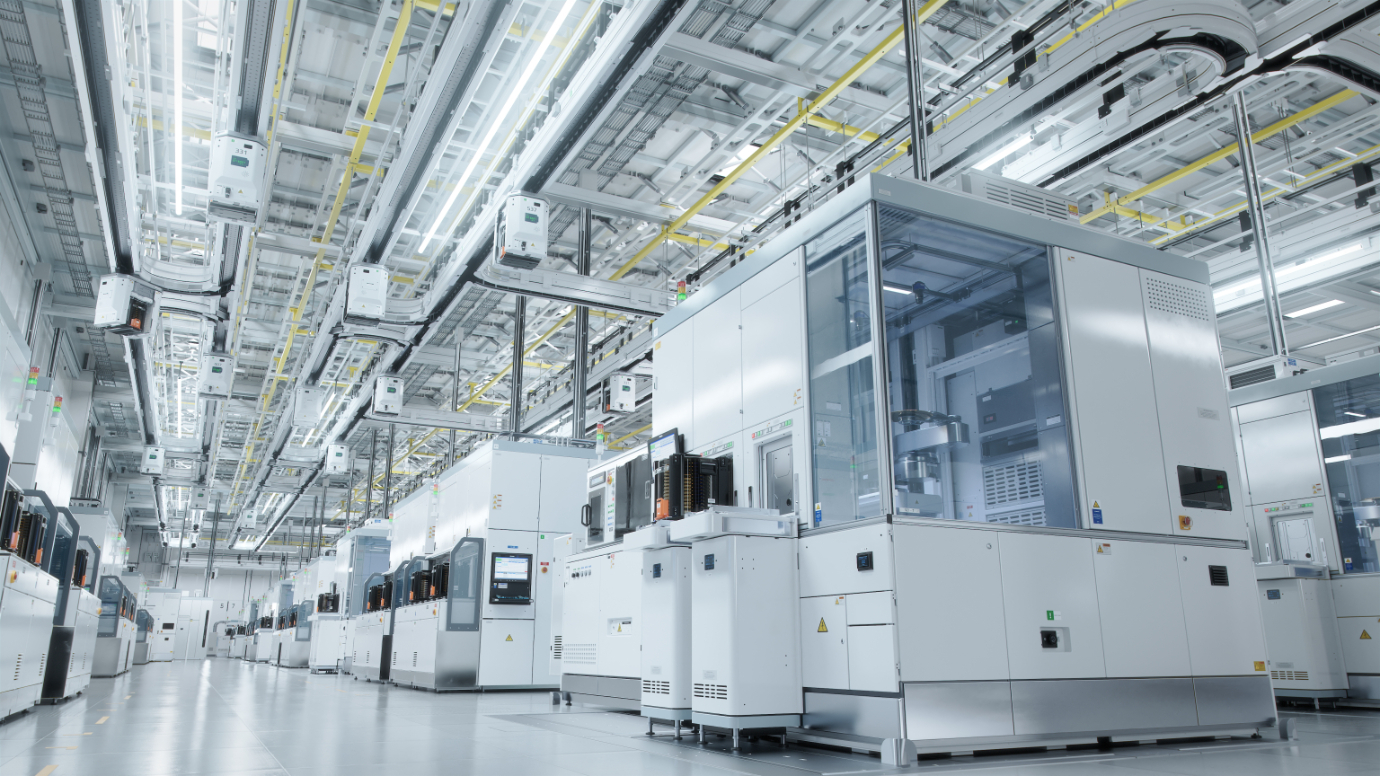
Can chips go green?
The semiconductor industry is critically important to a wide range of electronic devices, paving the way for the technological disruption of many industries. However, questions remain over its environmental impact.
Semiconductors have emerged as a key component in the modern economy, powering everything from smartphones to cars. However, recent shortages caused by the Covid-19 lockdowns and the supply chain issues have fuelled concerns in the industry and among world leaders.
The recent passing of the US CHIPS Act – ‘Creating Helpful Incentives to Produce Semiconductors for America’ – underlined how important US president Joe Biden views the industry, from an economic and national security perspective. The act is designed to boost domestic production while diversifying the industry away from Chinese influence and an increasingly vulnerable Taiwan, which currently produces 20% of the world’s semiconductors.
Lewis Grant, senior global equities portfolio manager at asset manager Federated Hermes, says: “The CHIPS Act and the recent Inflation Reduction Act demonstrate that the top-down direction of travel is favourable for climate action.
“Moving chip production to areas of the world where renewable energy is a greater portion of the power mix may bring carbon savings and has the potential to reduce the footprint of transportation.”
While the CHIPS Act shows some green credentials, semiconductor manufacturing uses huge amounts of energy and water to produce, and they require the mining and refining of many minerals, which can have substantial negative environmental and social impacts.
For William de Gale, co-founder and lead portfolio manager for BlueBox Asset Management, which includes Taiwan Semiconductor within the top-10 holdings of its Global Technology fund, these emissions are a necessary price to pay in the move to net zero.
He explains: “These chips provide many of the answers to the environmental and social issues that we are grappling with today. This ranges from providing clean energy in the UK to tackling rural poverty in sub-Saharan Africa.
“All modern technology depends on at least one semiconductor, and often countless millions of them. Every effort has to be made to reduce the impact of chip production, but any fund or investor focused on achieving global net-zero emissions should have a place in their portfolio for the chip supply chain that gives us hope that net zero is eventually possible.”
All modern technology depends on at least one semiconductor, and often countless millions of them.
Reducing emissions within the industry
As well as representing an opportunity for limiting climate change within the technology itself, there are also efforts within the industry to reduce its own emissions. For instance, Intel, the world’s number one semiconductor supplier by sales, has pledged to achieve net-zero greenhouse gas emissions in its global operations by 2040.
On the industry side, firms such as Kubos Semiconductors have developed technology that can reduce emissions from light-emitting diodes (LEDs), leading to reduced energy consumption and cost reduction.
Caroline O’Brien, chief executive at Kubos, explains: “LEDs are already efficient. Across Europe, there has been widespread adoption, reducing the carbon footprint in lighting. But improvements in semiconductor materials mean we can go a step further.
“A quarter of all electricity generated worldwide is used on lighting. If you can make small changes on a large scale, then you can make a big difference. Kubos has calculated that up to 600 million tonnes of C02 emissions could be saved by introducing its LED technology on a global scale.”
What does this mean for the investor?
As noted by De Gale, the responsible investor must take a holistic approach when assessing semiconductors, looking not only at the emissions they themselves represent, but also what this technology can do in worldwide net-zero drives.
Mikhail Zverev, fund manager on the Amati Strategic Innovation Fund, explains: “If the investor’s goal is to allocate capital to technologies and innovations that contribute towards net zero, semiconductors have a crucial role to play.
“Power semiconductors are key components in EVs, with content per car doubling compared to internal combustion vehicles. The technology also powers renewables, through solar, wind, and battery storage.”
The debate on decarbonising the semiconductor industry has largely focused on Scope 2 emissions, directly from the manufacture of chips.
And there is promising news on this front. Infineon, the world’s number one supplier of power semiconductors, plans to reduce emissions by 70% by 2025 and to achieve carbon neutrality (Scopes 1 and 2) by the end of 2030.
Assessing the semiconductor industry and its greenhouse gas emissions, Amati’s Zverev says: “The broader technology sector is not in the top five based on either Scope 1 or 2 emissions, or indeed Scope 3 when it comes to companies’ value chains. Also a lot of tech emissions emanate from data centres, not just semiconductor manufacturing plants.
“A lot of pressure to decarbonise is still coming, and will continue to come, from customers. Apple, Google and Microsoft, amongst others, had committed to net-zero targets in their value chains, which will involve their semiconductor suppliers.”




